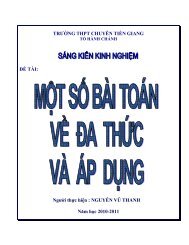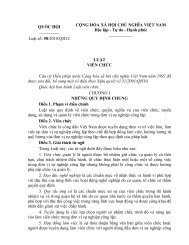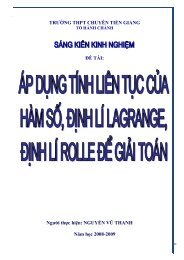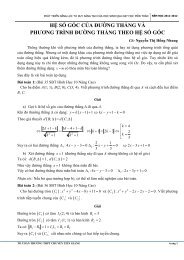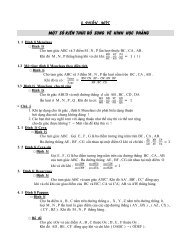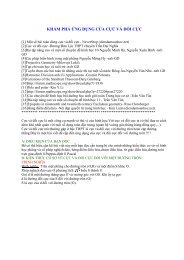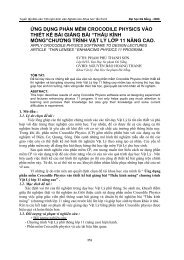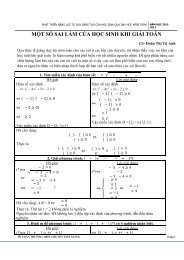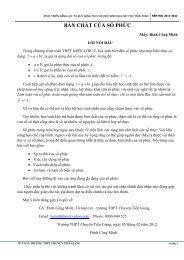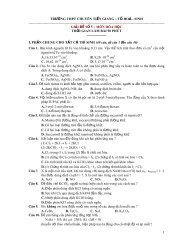A BRIEF DESCRIPTION OF PHILIPPINE ENGLISH
A BRIEF DESCRIPTION OF PHILIPPINE ENGLISH
A BRIEF DESCRIPTION OF PHILIPPINE ENGLISH
Create successful ePaper yourself
Turn your PDF publications into a flip-book with our unique Google optimized e-Paper software.
A brief description of Philippine English Nguyen Thanh Binh<br />
In general, the Philippine English phonology is not different from that of American English.<br />
However, there are still some acceptable differences in allophones. Philippine English is rhotic,<br />
meaning that the Filipinos always pronounce the sound “r” after a vowel similar to Scottish or<br />
American English since it is based on the American phonology. Some consonants such as /d, t,<br />
l, n/ have a dental articulation rather than an alveolar one (Millward and Hayes, 2011).<br />
Moreover, there are some sounds which never exist in Philippine phonological system such as<br />
interdental /ð/ and /θ/. These two sounds are often pronounced /d/ and /t/ so than and thanks are<br />
spoken as /dæn/ and /tænks/. Like /ð/ and /θ/, /v/ and /f/ is not existent in most of the native<br />
languages, so they are often replaced with /b/ and /p/ like vase pronounced as /bɑː z/ and fence<br />
pronounced as /pens/ though some native minorities that have little contact with Spanish will<br />
have more correction that the others. Interestingly, some people even have a hypercorrection<br />
that they pronounce all words beginning with /b/ and /p/ as /v/ and /f/. Due to great influence<br />
from Spanish, the pronunciation of some sounds is just like Spanish. For example, stream,<br />
stress and strong with the paired consonants /st/ at the beginning are usually spoken as<br />
istream/estream, istress/estress, istrong/estrong. In addition, some similar vowels are usually<br />
treated with the same pronunciation. For example, it will be very difficult for a person to<br />
distinguish between these minimal pairs: feel / fill, full / fool, top / tap. The diphthong /əʊ / is<br />
also spoken as /o:/ so phone will be spoken as /fo:n/ rather than /fəʊ n/. Philippine English is<br />
also considered syllable-timed rather than stress-timed. Therefore, instead of pronouncing the<br />
unstressed syllables as a schwa, the Filipinos tend to pronounce them with even beats just like<br />
stressed syllables. This reflects “the fact that Filipinos typically learn English from books rather<br />
than from native speakers of the language” and “through reading or dictionary work than from<br />
conversation with Americans” (Thompson, 2003, p.52-53). The typical examples are the<br />
pronunciations of these sounds establísh, diplomatícally, cemetéry, and necessáry. Gonzalez<br />
(1997, p.32-33) suggests the tables of the vowel and consonant sounds of cultivated Philippine<br />
English as follows:<br />
The vowel and consonant sounds of cultivated Philippine English<br />
1 | P a g e




